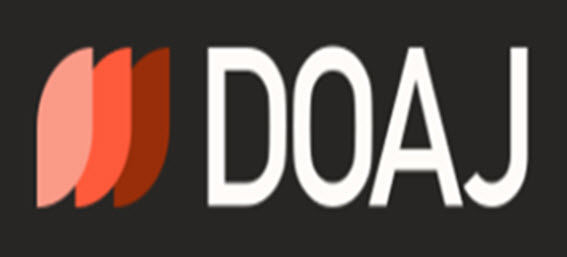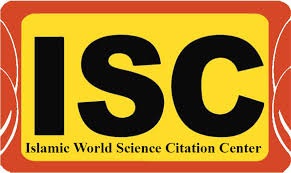Identifying the Constructive Components of Cooperative Learning in Islamic Studies for Lower Secondary Students in Baghdad
Keywords:
Component, Cooperative learning, lower secondary educationAbstract
Purpose: The objective of this study was to identify the key components that constructively contribute to cooperative learning in Islamic Studies among lower secondary school students in Baghdad.Methods and Materials: This applied, quantitative, and cross-sectional survey study was conducted with a sample of 175 teachers (115 female and 60 male) selected from a population of 320 lower secondary school educators in Baghdad using Morgan’s sampling table. The primary instrument was a researcher-developed 54-item questionnaire, designed through expert interviews and review of global and national theories. The questionnaire utilized a 7-point Likert scale. Its reliability was confirmed through Cronbach's alpha (α = 0.986), and its validity was established through concurrent validity. Exploratory factor analysis using principal component analysis and Varimax rotation was employed to extract the underlying components of cooperative learning.Findings: Exploratory factor analysis identified 12 distinct components that construct cooperative learning in Islamic Studies, cumulatively explaining 63.189% of the total variance. These components include: curriculum design, learning strategies, cognitive skills, group and social skills, interpersonal skills, cooperative management, teacher characteristics, student characteristics, assessment and feedback, interaction and participation environment, equipment and technology, and physical learning environment. Skewness and kurtosis values indicated a normal distribution of scores. The KMO measure (0.89) and significant Bartlett's test (p < 0.001) validated the suitability of the data for factor analysis. The scree plot confirmed the retention of 12 components with eigenvalues greater than 1.Conclusion: The study highlights the multifaceted nature of effective cooperative learning and suggests its adaptation in Islamic Studies can enhance educational engagement and social development. The model is supported by both empirical data and alignment with prior research, although lack of control for teachers’ prior experience in cooperative learning may limit generalizability.
Downloads
Downloads
Published
Submitted
Revised
Accepted
Issue
Section
License
Copyright (c) 2025 Mayyadah Rokan Ahmed Al-Abbasi, Abbas Khorshidi, Alaamer Abdulrahman Mahmood Al-Fadhli, Narges Saeidian Khorasgani (Author)

This work is licensed under a Creative Commons Attribution-NonCommercial 4.0 International License.










